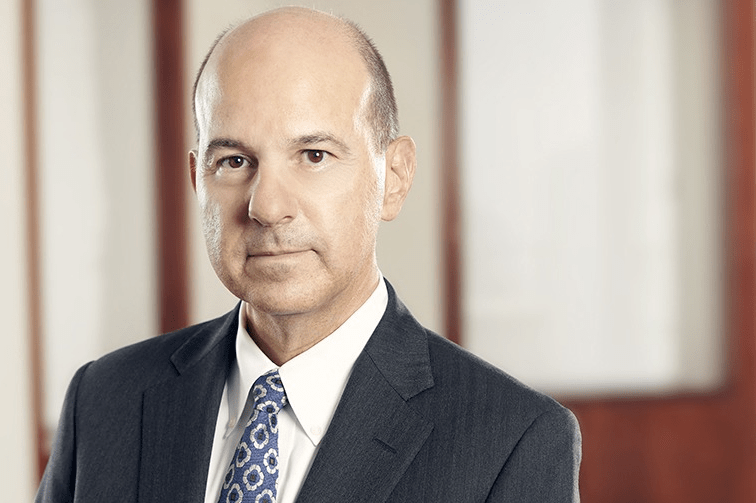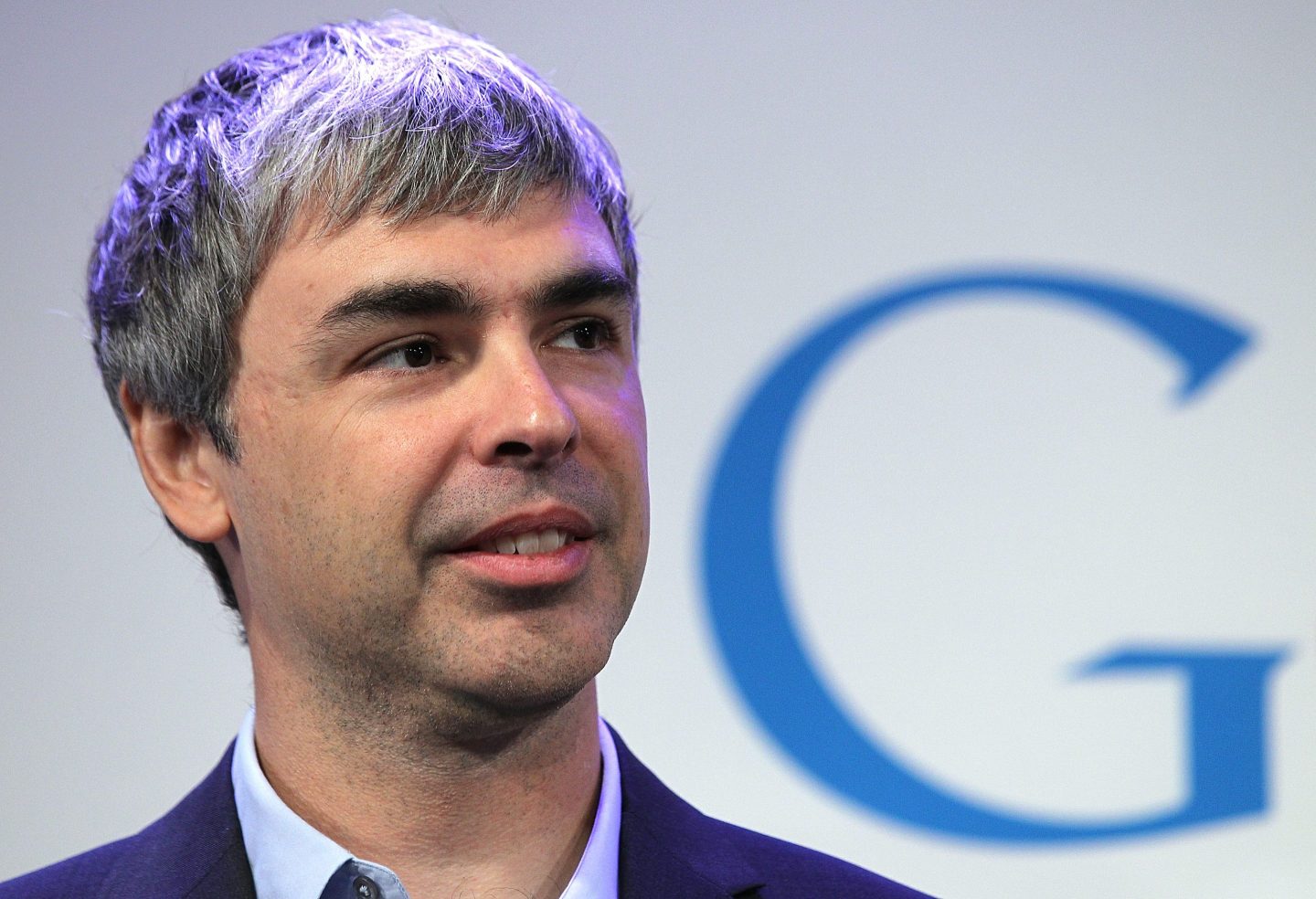- Small chocolate titan Tony’s Chocolonely raked in $230 million last year thanks to two business strategies: leaning on non-traditional advertising through influencers, and sticking behind its mission of equity and transparency. Its marketing strategy has wooed young, value-driven consumers—and it’s a low-cost strategy propelling them to new heights.
Confectionary favorites like Ghirardelli and Lindt have stocked American pantries for decades—but a newcomer has entered the ring.
Tony’s Chocolonely is a small chocolate brand that hit Netherlands markets in 2005—and two decades later, U.S. shoppers are craving a bite. The business raked in €200 million (~$230 million) in revenue last year, bolstered by its partnerships with Ben & Jerry’s, ALDI, and Feastables. The chocolatier rose to cult-classic stardom by leaning on two marketing tactics.
Tony’s stuck to a consistent business philosophy over the past twenty years: creating delectable, sustainable, and equitable chocolate with the utmost sourcing transparency. In a market filled with value-conscious shoppers like Gen Z and millennials, the strategy proved to be a huge win in the larger picture. Tony’s also soared to success with its hyper-specific advertising strategy. Forgoing traditional marketing until recently, the small chocolate business now partners with social media influencers to create viral sensations.
Studying its playbook for success could teach other small businesses how to grow.
Leaning on influencers to drum up viral campaigns
Stroll down the candy aisles of Whole Foods, Walmart, and Target, and you’re sure to pass by colorful chocolate bars with whimsical branding. Tony’s stands out on a monotone shelf of beige treats—and now it’s attracting attention across the internet.
Despite being around for two decades, Tony’s didn’t actually advertise its products until recently. Witnessing the power of viral social media moments on TikTok and Instagram, the brand recognized the potential of advertising through these trends. It recognized the perfect fad—satisfying videos of people pouring espresso over chocolate bars, slowly melting the bar into their mug before the coffee spills over—and capitalized on the moment.
“We only started advertising two, three years ago. Before that, we were very anti-media,” Aidaly Sosa Walker, head of U.S. marketing for Tony’s, told Fortune. “We saw that trend, which was using chocolate. So then we started working closer with this influencer sending more products. We then identified multiple trends that we could tap into.”
Tony’s unique marketing strategy is low-cost, and comes across as more organic compared to billboards and TV commercials. Once the brand made it to Walmart shelves in 2022, the company had the budget to go all-in on partnering with content creators for marketing. This has proved to be incredibly successful, as the business could tap into an emotional bond; young, digital natives like Gen Z form parasocial relationships with their favorite influencers. When the creators they watch and love promote Tony’s, it fosters a deeper bond with consumers.
“It’s really adding to that emotional experience,” Walker said. “People feel like, ‘Okay, when I have this chocolate, it’s for me, it’s my treat. It’s the moment to myself.’ We see there’s an increase in consumer experience with that…having a moment of sanity has become more important.”
Sticking true to its values of transparency and equity
Brands across many industries are now trying to promote their ethics to young, socially-conscious consumers. But Tony’s has embraced that strategy from the start.
“People want mission-driven brands. They want premium, and they want better for you—either better or healthier ingredients,” Dusan Vujovic, head of North America for Tony’s, told Fortune. “This is a natural trend that Tony’s fits into. Our consumers are younger, higher-income consumers that retailers really want to get back into the stores. They all fight for that type of consumer.”
Tony’s Chocolonely set itself apart from the pack early on—it promotes itself as a fair cocoa producer in an industry riddled with inequity and dishonesty. The business has stood against forced labor and exploitation in West Africa’s chocolate production, even dividing up its candy bars in unequal pieces to represent the injustice in the system.
The small business’ initiative, “Tony’s Open Chain,” also brings like-minded companies together to interrogate where they source their cocoa. The pledge “seeks to end structural poverty and establish more equitable relationships” by adjusting worker wages to a livable standard, promoting long-term commitments to ensure stability for farmers, and tracing where the cocoa comes from. Notable partners of Tony’s Open Chain include Ben & Jerry’s, ALDI, Feastables, and Waitrose.












